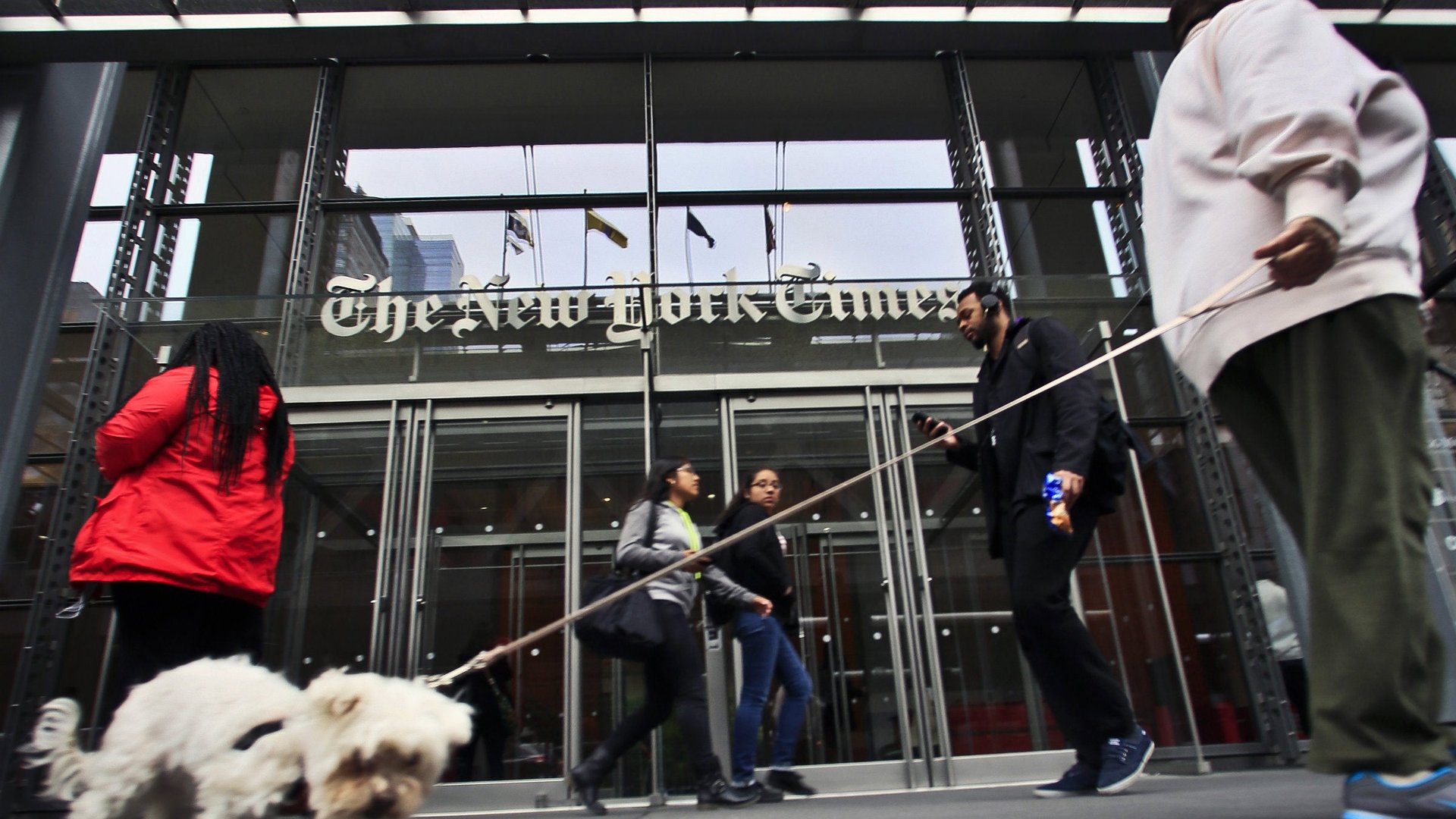The New York Times’s bloody internal coup claimed the wrong victim
Speculation about why Jill Abramson was ousted as the top editor of New York Times is currently in overdrive, continuing a time-honored tradition of the media getting extremely excited about itself.


Speculation about why Jill Abramson was ousted as the top editor of New York Times is currently in overdrive, continuing a time-honored tradition of the media getting extremely excited about itself.
But piecing together the most credible reports on the shock decision, it seems pretty safe to conclude that serious tensions emerged inside the newsroom and the New York Times chairman, Arthur Sulzberger Jr. intervened to fire Abramson.
Her replacement, Dean Baquet, may well go on to do a great job. But on face value it remains a confusing decision, because, as we recently argued, after a few years of existential crisis, the New York Times was finally beginning to look like it had found its feet again. Abramson had no responsibility for the business side of the organization, but since she was in the top editing seat, digital subscriptions have grown significantly and the company’s most recent product launches have been impressive.
At any rate, the firing adds to a litany of weird decisions that characterize the current Sulzberger era.
The Howell Raines appointment
Sulzberger Jr. was made publisher of the New York Times in 1992, and assumed the chairmanship of the company in 1997. In 2001, he appointed Howell Raines as the executive editor of the paper. But Raines lasted less than two years. He was effectively felled by a plagiarism scandal involving Times reporter Jayson Blair. In scenes eerily reminiscent of today, an internal review about that debacle unearthed ”deepening concern” in the newsroom about Raines’ “top down” management style.
Boom era investments, bust era asset sales
The company bought the explainer website about.com for $410 million in 2005. It sold it, at a loss, to Barry’s Diller’s IAC for $300 million (paywall) in 2012. It also spent $1.1 billion on the Boston Globe in 1993, and sold it 20 years later for just $70 million. The company also lost its shirt on the real estate market: It sold its old headquarters for $175 million in 2004. Three years later, the building changed hands again for $525 million.
Janet Robinson’s ouster
In late 2011, then-CEO Janet Robinson was pushed out. According to reports at the time, that was largely due to conflict with Sulzberger, his girlfriend, and a former senior digital executive, Martin Nizenholtz. Robinson received a payout of $24 million, drawing the ire of unions. The company tapped former BBC chief Mark Thompson as her replacement, but shortly after his hiring, Thompson was embroiled in massive scandals involving one of the British network’s former presenters, who was accused of abusing children over decades while the network turned a blind eye, and by controversy over severance payments to former executives. (He has since been cleared of any wrongdoing.)
To this list we can add the bungled dismissal of Abramson, which has been far from transparent and is not making the organization look good. The company declined to comment for this article.
The Sulzberger family controls the New York Times through a controversial dual-share class structure. There has been constant speculation that family members might want to sell out. That might not be such a terrible thing for the organization as a whole.
It’s hard to say whether these missteps were solely Sulzberger’s—they happened in a troubled era for the industry and for the venerable institution he inherited. But the buck has to stop somewhere.